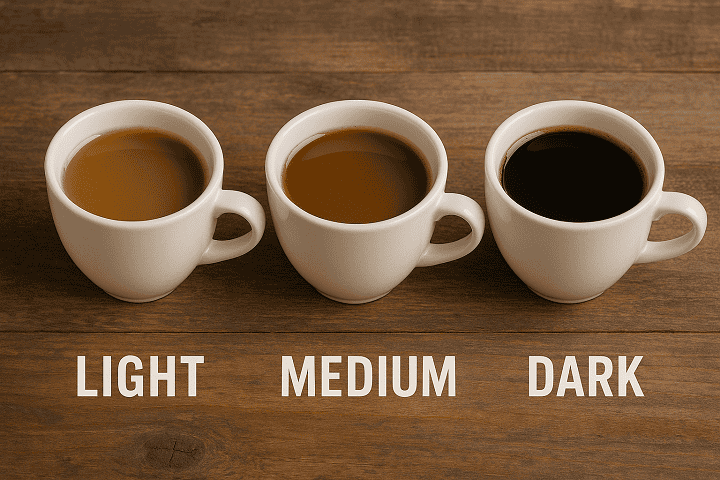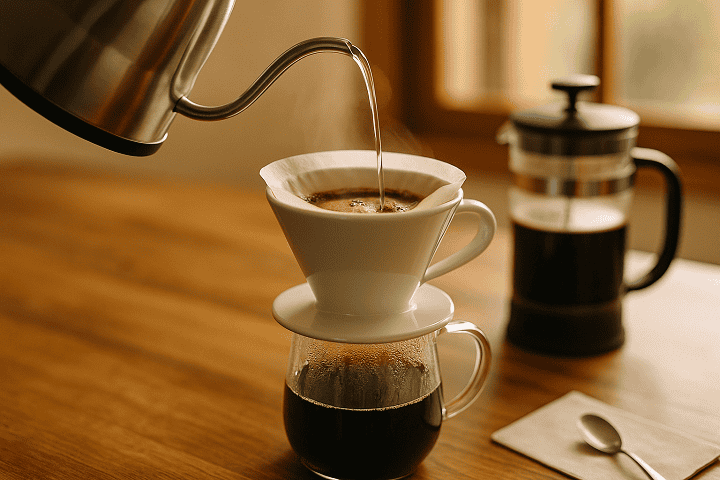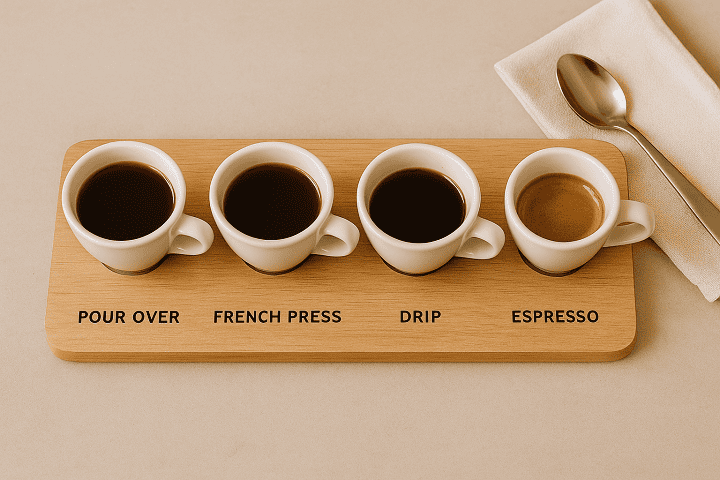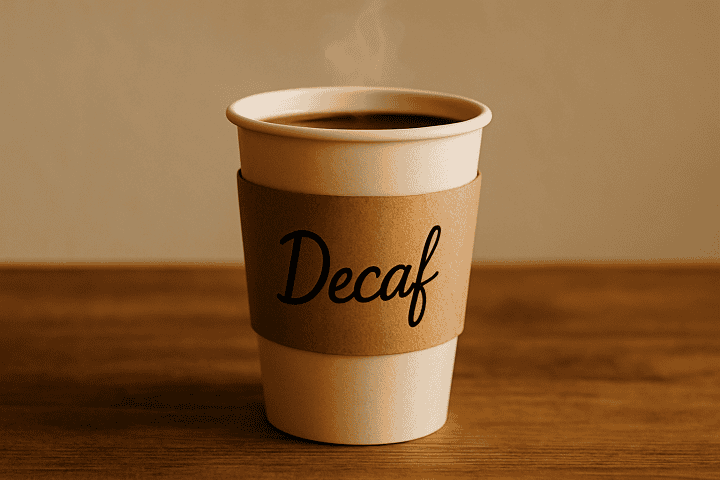Coffee can taste very different depending on how the beans are roasted. If you have ever wondered why some coffee tastes bright and tangy while others taste bold or even a bit smoky, it often comes down to the roast level. Light, medium, and dark roasts all bring out different things in the beans. This post will talk about what each roast level means, how roasting changes coffee beans, and what to expect from each style. This post covers the basics to help you understand more about what you are drinking.
What Are Coffee Roast Levels
Coffee roast levels refer to how long and at what temperature coffee beans are roasted. The three main roast types are light, medium, and dark. Each type describes how much heat the beans have been exposed to and how that changes the beans’ color and taste.
Roasting changes the chemical makeup of coffee beans. As beans roast, they lose moisture and become lighter in weight. The sugars inside the beans start to caramelize, which changes the flavor. The longer the roasting process, the darker and oilier the beans become. This also affects how much caffeine is left in the beans and how strong or mild the taste will be.
Flavor Changes with Each Roast Level
Light roasts are usually a light brown color and have no oil on the surface. Light roast coffee usually tastes mild with more noticeable acidity. It keeps much of the original flavor of the coffee bean, which can include fruity or floral notes. People who drink light roast coffee may notice a lighter body and a sharp taste.
Medium roasts are a medium brown color and may have a balanced taste, with some acidity and some sweetness. The flavor is not as sharp as light roast, and it has a bit more body. Some sweetness starts to come through, and the acidity is softer. The aroma is also more developed than in light roast, but not as strong as in dark roast.
Dark roasts are dark brown or almost black, often with an oily appearance. They have a stronger, sometimes bitter flavor. The original taste of the bean is replaced by flavors from the roasting process, which can be smoky or even a bit bitter. The acidity drops and the coffee feels heavier. The aroma is strong and can remind some people of chocolate or spices.
Choosing the Right Roast for Different Drinks
Different coffee drinks can taste better with certain roast levels. For espresso, many people use medium or dark roasts. These roasts give espresso a strong flavor and a fuller body. Drip coffee is usually made with medium roasts, which give a balanced flavor that is not too strong or too light. Cold brew often works well with medium or dark roasts because they can stand up to the long steeping process and make a smoother drink.
Personal taste plays a big part in picking a roast. Some people like the bright, sharp flavors of light roasts, while others prefer the bold taste of dark roasts. Medium roasts are popular because they are in the middle and can be a safe choice for most people. Trying different roasts with your favorite drinks can help you figure out what you like best.
In Summary
Learning about light, medium, and dark coffee roasts can make it easier to find a cup that fits your taste. Each roast level changes the way coffee smells and tastes, from the sharpness of light roasts to the stronger flavors in dark roasts. The best way to know what you like is to try different beans and make note of what stands out to you. Whether you are making espresso, drip, or cold brew, knowing a bit about roast levels can help you choose a coffee that matches what you want in your cup.



